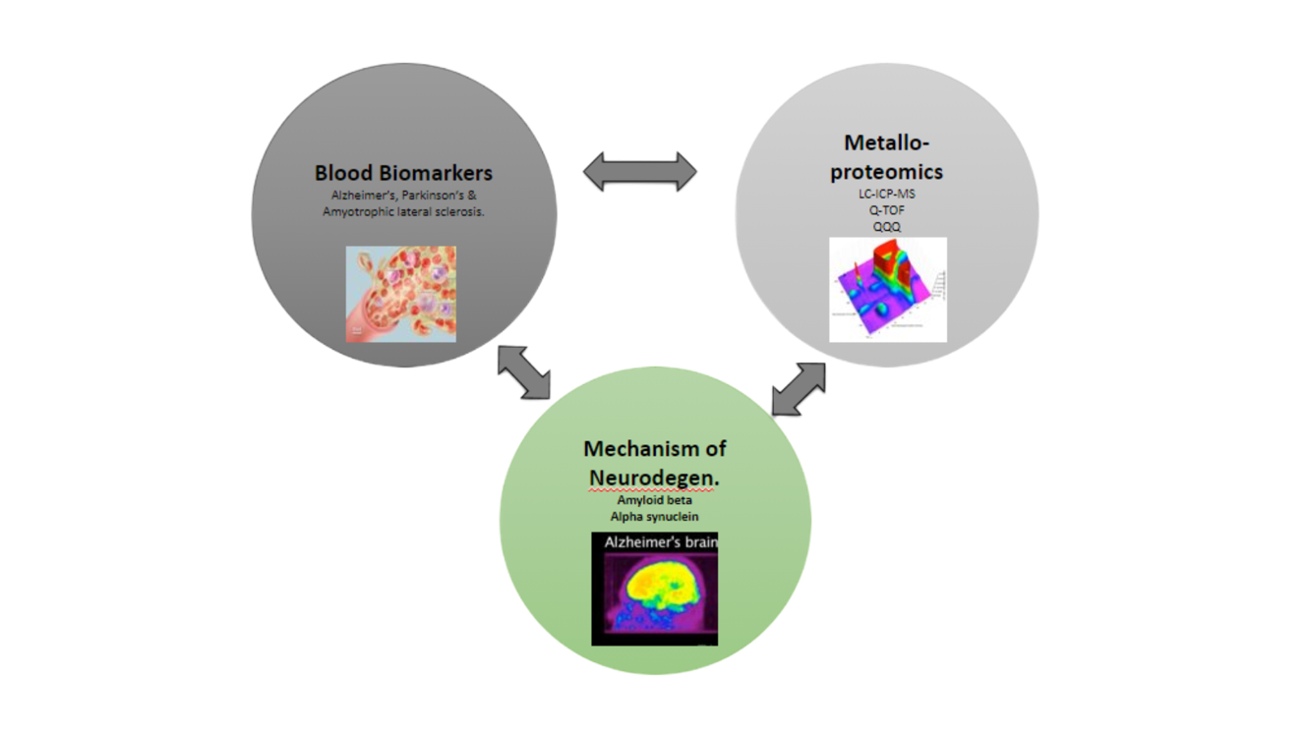Quantitative Biology “By the Numbers”
The Roberts Lab utilizes advanced mass spectrometry technologies to find and quantify biological molecules as disease biomarkers. Our lab focuses on the understanding of the biological impact of protein modifications, changes in lipid metabolism, metal cofactors, and post-translational modifications. We are curious in the impact of these modifications on diagnosis and treatment of neurodegenerative diseases.


